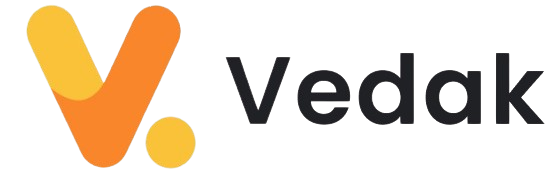Blogs
How Supply Chain is Disrupted in the ‘New Normal’ Era?
An array of recent events, starting with the raging global pandemic, has disrupted each and every aspect of the human existence. The companies are realizing the urgency of being resilient for a collaborative response to uncertain situations and sudden threats.
Selection
Let’s connect
